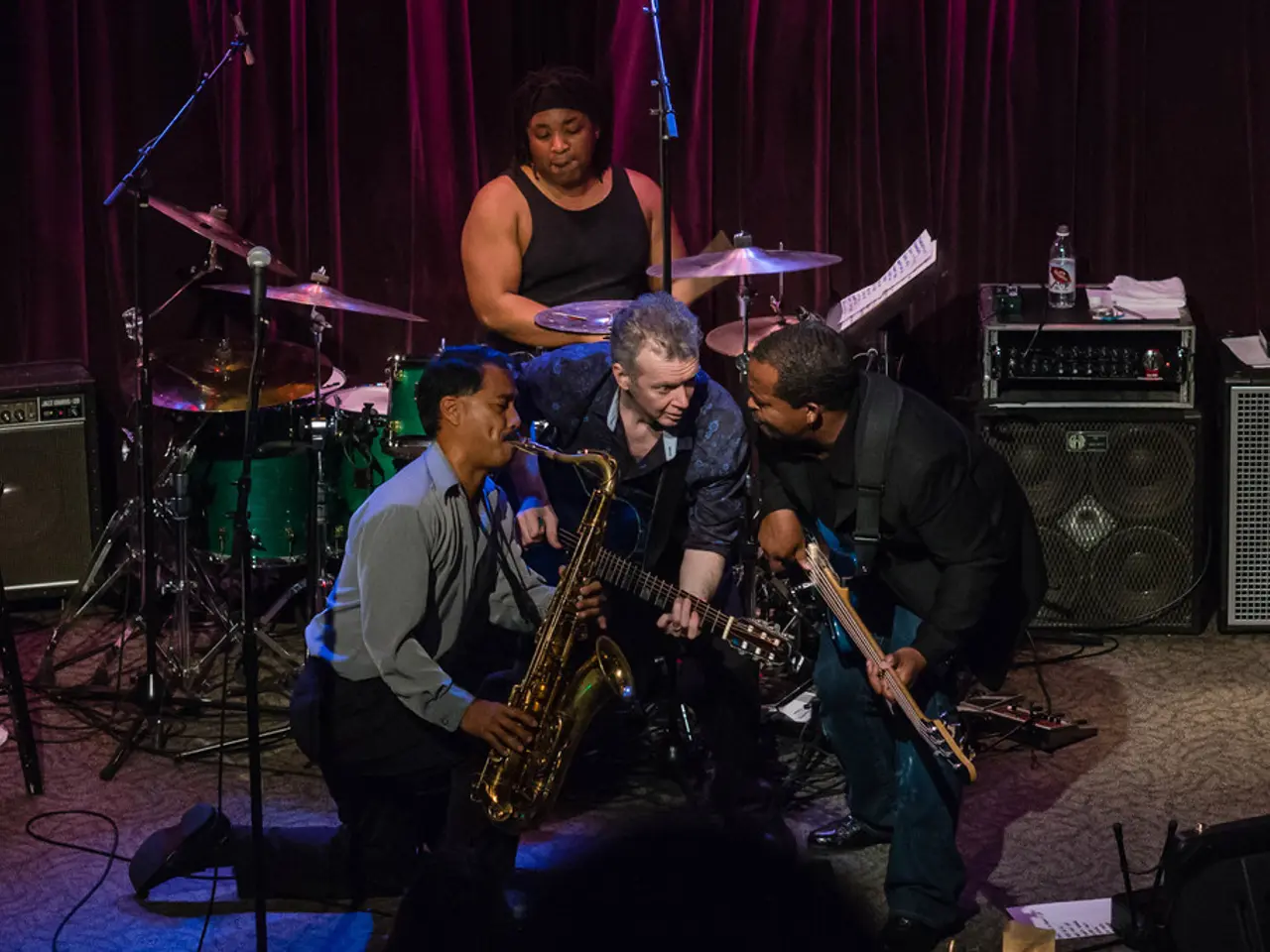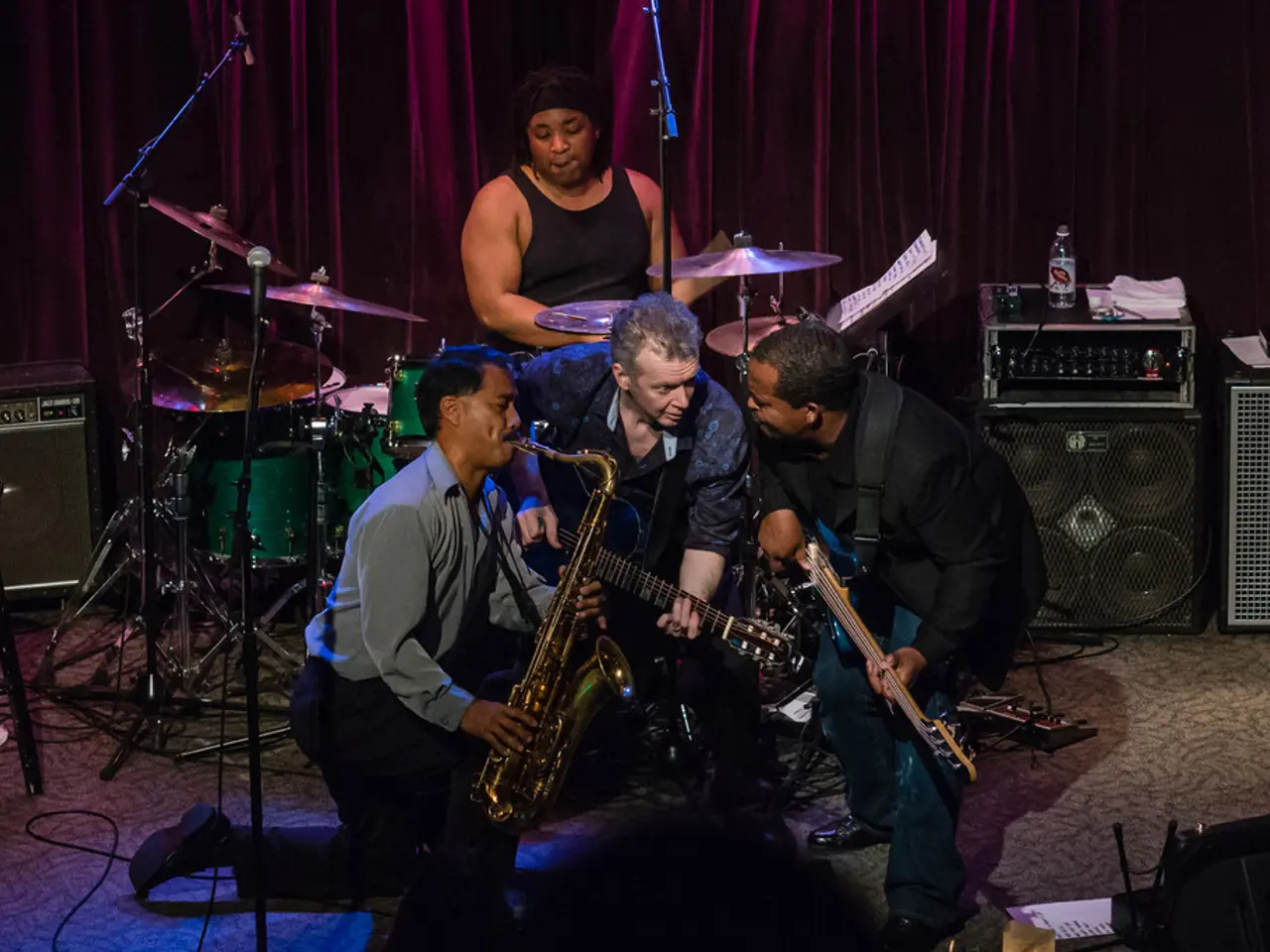Time-Saving and Headache-Avoiding Techniques in Sound Engineering
Sound engineering is an exciting and dynamic field that continues to evolve with advancements in technology. Whether you're a seasoned professional or a newcomer, there's always something new to learn and explore.
Embracing the Community
Joining professional associations and online forums dedicated to sound engineering can offer valuable insights into the latest technologies and trends. Networking can significantly enhance a sound engineer's career by connecting with other professionals and learning from seasoned experts and newcomers alike.
The Balance of Technical Precision and Creativity
Understanding the balance between technical precision and creative flair is crucial in sound engineering. Creativity in sound design is essential for making memorable audio experiences, with experimentation, field recordings, and reverse-engineering effects being key techniques. However, it's not just about making interesting sounds; it's about solving problems in innovative ways and bridging technical skills and artistic vision.
The Live Stage
In live performances, sound quality must be balanced for instruments and vocals, and microphones, equipment, and sound checks are essential tasks. Adaptability is crucial for troubleshooting issues like feedback and microphone interference. Acoustic panels or diffusers can control undesired echoes and reflections, contributing to a clearer sound. Conducting an acoustic analysis before the event can guide equipment settings and manage sound quality.
The Studio
Exploring career opportunities within the music industry can lead to hands-on experience in various sectors like studio recording, live sound mixing, broadcasting, film, or game audio. Digital audio workstations (DAWs) like Ableton Live, Logic Pro, and Pro Tools can streamline workflow and manage different sound elements efficiently. Building a dynamic portfolio that highlights skills is essential for showcasing versatility and expertise to potential employers.
Advanced Techniques and Tools
Some advanced techniques and tools for sound engineering include Wave Field Synthesis (WFS), AI-powered audio enhancement tools, advanced editing techniques with EQ and compression, soundscape layering, and immersive 3D audio processing.
- Wave Field Synthesis (WFS) is a spatial audio method using loudspeaker arrays to create immersive auralization over large listening spaces, suitable for complex sources when combined with numerical methods like the Finite Element Method (FEM) or Boundary Element Method (BEM).
- AI-powered tools for audio enhancement use artificial intelligence to clean up vocal recordings, removing background noise, reverb, instrument bleed, clipping, and plosives, producing studio-quality vocals even from imperfect recordings.
- Advanced sound editing techniques utilize EQ (equalization) and compression to refine audio tone and control dynamic range. EQ adjusts frequency balance by boosting or cutting frequencies, while compression manages volume consistency.
- Creating complex soundscapes involves layering multiple sound effects, panning audio to create space and depth, and applying reverb or delay effects to simulate distance and environment.
- Immersive audio processing techniques for producing 3D audio and object-based audio include object-based audio creation for placing sound in 3D space, 3D audio processing through Head-Related Transfer Function (HRTF) to simulate height and depth, binaural recording and playback to enhance immersion in headphones.
Managing Echoes and Phasing
Echoes can be addressed by using acoustic treatments like foam panels or bass traps, while phasing problems can be solved by regularly checking recordings with headphones and using phase correction tools. Precision in EQ settings can make a significant difference in the final output quality. Mastering techniques such as compression and equalization can significantly enhance audio projects.
In summary, sound engineering today integrates spatial audio synthesis methods like WFS, AI-powered audio enhancement tools, advanced editing techniques with EQ and compression, soundscape layering, and immersive 3D audio processing—supported by powerful software platforms and plugins to achieve rich, controlled, and spatially accurate sound experiences.
- In the dynamic field of sound engineering, learning from peers and seasoned experts in professional associations and online forums can be invaluable.
- Striking a balance between creativity in sound design and technical precision is vital in creating memorable audio experiences.
- Live performances demand balanced sound quality for instruments and vocals, with microphones, equipment maintenance, and sound checks being essential tasks.
- A career in the music industry offers opportunities in various sectors like studio recording, live sound mixing, broadcasting, film, or game audio.
- Advanced techniques and tools for sound engineering include Wave Field Synthesis (WFS), AI-powered audio enhancement tools, advanced editing techniques, soundscape layering, and immersive 3D audio processing.
- Controlling echoes can be achieved through acoustic treatments, while phasing problems can be resolved using phase correction tools and regular headphone checks.
- Mastering techniques like compression and equalization can significantly improve audio projects, contributing to a richer, more controlled, and spatially accurate output quality.




